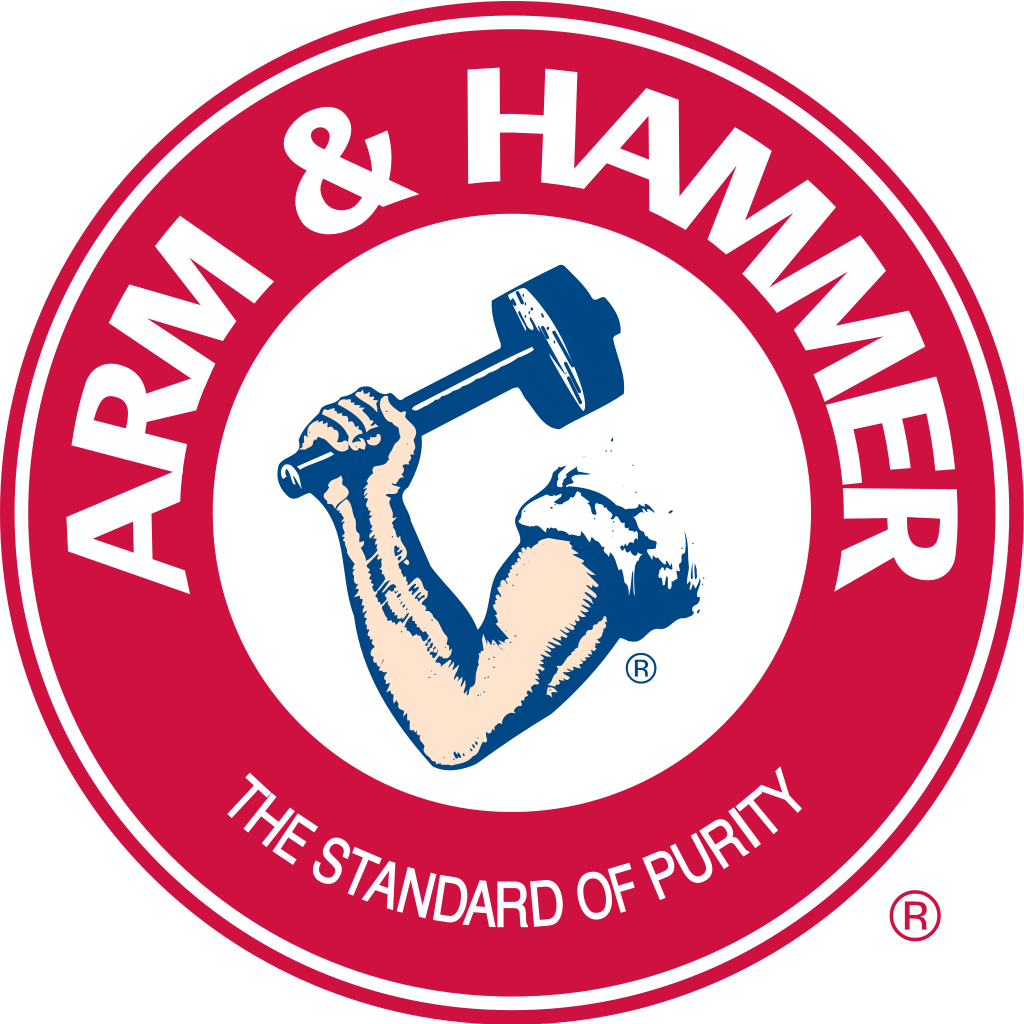Model Information: This model was originally introduced in 1993. It is somewhat similar to the earlier Roco/Atlas produced 3700-series model which was still available in the 1990s when this new model became available. The earlier models can be distinguished from this one because they are stamped either "Austria" or "Atlas USA" on the underframe. The later models can also be identified by the angled stirrups at each end (as opposed to squared off ones on the Austrian tooling). Lastly, the Chinese versions have several ridges along the side towards the roof-line in a 'washboard' pattern.
This new Chinese production model was specifically identified as modeling the ACF 5250 c.f. Centerflow hopper When this model appeared in the 1994 Atlas catalog it was on the next page after the earlier tooling (apparently many of the old models were still in the warehouse). The new ones were marketed as 'ACF 4-Bay Centerflow® Hopper - All New Mold Work!" as opposed to the older models which were labeled as "ACF 4-Bay Centerflow® Covered Hopper". Atlas' model represents the post-1971 version of the ACF 5250 4-Bay Covered Hopper Car that was used by railroads and private shippers across North America.
This new Chinese production model was specifically identified as modeling the ACF 5250 c.f. Centerflow hopper When this model appeared in the 1994 Atlas catalog it was on the next page after the earlier tooling (apparently many of the old models were still in the warehouse). The new ones were marketed as 'ACF 4-Bay Centerflow® Hopper - All New Mold Work!" as opposed to the older models which were labeled as "ACF 4-Bay Centerflow® Covered Hopper". Atlas' model represents the post-1971 version of the ACF 5250 4-Bay Covered Hopper Car that was used by railroads and private shippers across North America.
Prototype History: Contemporary 2-bay covered hoppers, like ACF's Centerflows, were 100-ton cars designed to haul dense loads, like cement. Their larger 3 and 4-bay brethren, while usually still having 100 ton capacities, were designed for lighter-density loads, like grain or flour. Their sizes had to do with the fact that a low-density product like grain will "cube out" the cubic capacity of a smaller 2-bay car way before you hit the cars' tonnage rating. Conversely, load a 3 or 4-bay covered hopper to its cubic maximum with a dense product like cement, and you'll wind up with a seriously overloaded car tonnage wise. In short, keep the smaller 2-bay cars for heavy commodities, and keep the larger cars for lighter loads like grains, sugar, flour, etc.
Road Name History: Arm & Hammer is a brand of baking soda-based consumer products marketed by Church & Dwight, a major American manufacturer of household products. The logo of the brand depicts the ancient symbol of a muscular arm holding a hammer inside a red circle with the brand name and slogan. Originally associated solely with baking soda and washing soda, the company began to expand the brand to other products in the 1970s by using baking soda as a deodorizing ingredient. The new products included toothpaste, laundry detergent, underarm deodorant, and cat litter.
Brand/Importer Information: The Freight Yard was a hobby shop that did custom decoration and special runs of other manufacturers' N Scale products. It sold its custom products under several brands or collections: Premiere Editions, by The Freight Yard and Dreams Design.
It was located in Anaheim, California and then moved to 2006 in Phoenix, Arizona.
Established in the late 1980s, it stopped business under this name by the end of the 2000s.
The Freight Yard was owned and operated by Darren J. Cohen. Darren is now operating North Valley Trains.
The Freight Yard / Premiere Editions runs are usually available in series of two to twelve different numbers (suffixed A to M, with I not used).
The first two digits of the stock number correspond to the release year (9x being 199x, and 2x being 200x).
It was located in Anaheim, California and then moved to 2006 in Phoenix, Arizona.
Established in the late 1980s, it stopped business under this name by the end of the 2000s.
The Freight Yard was owned and operated by Darren J. Cohen. Darren is now operating North Valley Trains.
The Freight Yard / Premiere Editions runs are usually available in series of two to twelve different numbers (suffixed A to M, with I not used).
The first two digits of the stock number correspond to the release year (9x being 199x, and 2x being 200x).
Manufacturer Information: 'Atlas Model Railroad' represents the New Jersey manufacturing facility for Atlas brand model railroad products. Atlas also imported European made models in their early years and those items will be noted as having manufacturers set appropriately. In the 1990s Atlas moved all their toolings to China.
Item created by: Alain LM on 2022-10-22 12:02:42
If you see errors or missing data in this entry, please feel free to log in and edit it. Anyone with a Gmail account can log in instantly.
If you see errors or missing data in this entry, please feel free to log in and edit it. Anyone with a Gmail account can log in instantly.











